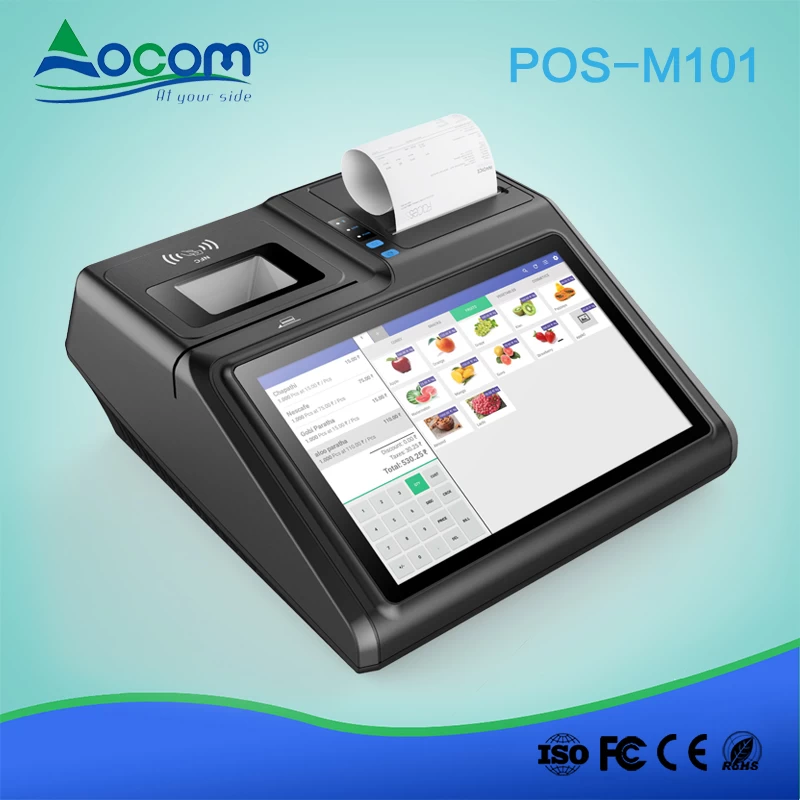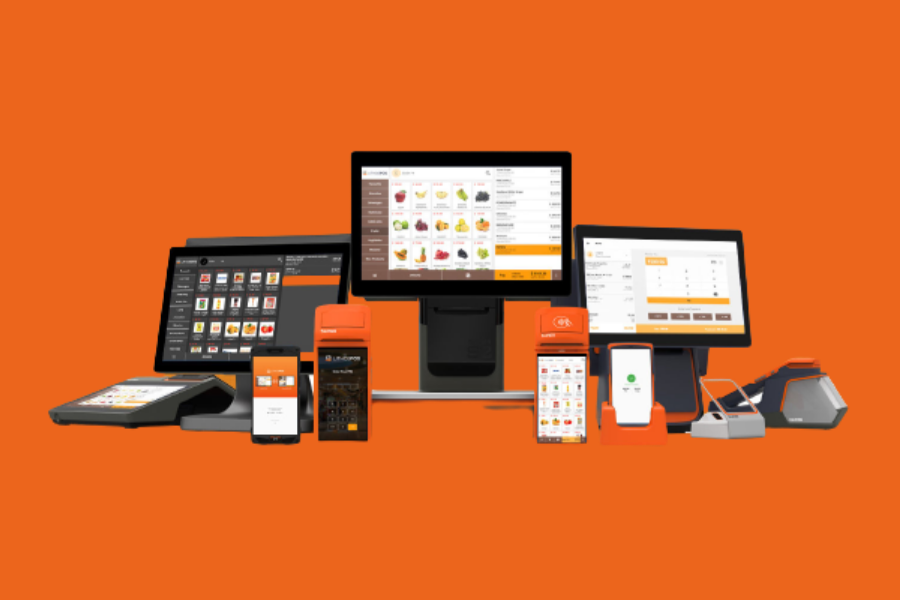Exactly How POS System Functions: A Comprehensive Overview for Entrepreneur

Recognizing the Components of a POS System

Exactly How Sales Deals Are Processed
When a client determines to purchase, the sales deal starts a series of systematic actions within the POS system. The cashier inputs the items being bought, which are scanned through a barcode viewers or manually entered. This activity recovers item information, including rates and applicable taxes, from the system's database.Next, the client is presented with the complete amount due. The POS system after that refines the repayment, whether with money, bank card, or mobile settlement techniques (Restaurant POS Software). For digital payments, the POS safely interacts with payment cpus to license and confirm the transaction.Once the repayment is confirmed, the system produces a receipt, which can be printed or sent digitally. This receipt acts as receipt for the customer. The deal information is videotaped in the system, making sure precise sales records and financial monitoring for the business.
Inventory Administration and Tracking

Effective supply management and monitoring are necessary elements of a POS system, as they assure that businesses maintain excellent supply degrees and lessen discrepancies. A robust POS system permits for real-time inventory updates, reflecting sales and returns instantaneously. This allows company owner to keep track of supply degrees accurately, ensuring that preferred things are readily offered while stopping overstocking of much less prominent products.Additionally, advanced POS systems supply features such as automatic supply alerts and reorder suggestions, simplifying the procurement process. Barcoding and RFID technology boost accuracy in tracking supply activity, decreasing human mistake. Comprehensive reporting devices supply insights into inventory turnover prices, aiding companies make educated decisions concerning buying and product offerings. Inevitably, effective supply monitoring through a POS system not only boosts operational performance yet additionally boosts client contentment by ensuring product schedule.
Evaluating Consumer Information and Insights
Client data analysis functions as an effective device for services Restaurant POS Software utilizing a POS system (Restaurant POS Software). By gathering and taking a look at transaction information, services can uncover beneficial insights regarding customer habits and choices. This evaluation allows them to recognize purchasing trends, peak buying times, and preferred items, thus educating stock decisions and marketing strategies.Additionally, businesses can segment their customer base, enabling for personalized advertising and marketing efforts that provide to specific demographics or acquiring practices. Understanding customer loyalty patterns likewise helps in creating targeted promos and rewards programs.The information obtained from a POS system can also expose understandings into client comments, enabling services to make enlightened choices regarding item offerings and solution renovations. Inevitably, leveraging customer information successfully can boost the total shopping experience, foster customer satisfaction, and drive profits development
Benefits of Applying a POS System

Frequently Asked Questions
What Kinds Of Services Can Gain From a POS System?
Various businesses take advantage of a POS system, including stores, dining establishments, salons, and e-commerce platforms. These systems simplify purchases, supply monitoring, and consumer information, enhancing functional effectiveness and improving client experience throughout varied markets.
Just how Much Does a POS System Generally Cost?
The expense of a POS system normally varies from a couple of hundred to numerous thousand bucks, relying on features, equipment, and software application. more info Companies must think about recurring charges for maintenance, purchase, and support processing when budgeting.
Can I Incorporate a POS System With Existing Software Program?
Integrating a POS system with existing software program is usually practical. Numerous systems offer APIs or integrated compatibility functions, permitting companies to simplify operations and enhance functionality by linking various software program applications successfully.
What Training Is Needed for Personnel to Use a POS System?
Training for team to use a POS system usually includes understanding software program performances, processing purchases, handling inventory, and handling client interactions. Practical demos and hands-on practice boost effectiveness and confidence in making use of the system successfully.
What Happens if the Web Decreases While Making Use Of a POS System?
Purchases may be disrupted if the web goes down throughout POS system use. Several systems supply offline abilities, enabling basic procedures to proceed, yet complete performance, consisting of real-time supply updates, will be restricted. A Factor of Sale (POS) system is made up of several vital components that work together to facilitate deals and manage company operations. Efficient inventory monitoring and monitoring are necessary elements of a POS system, as they assure that businesses keep excellent stock degrees and reduce discrepancies. Customer information analysis serves as a powerful device for companies using a POS system. Recognizing consumer loyalty patterns likewise aids in developing targeted promotions and rewards programs.The information obtained from a POS system can likewise reveal understandings right into customer comments, enabling organizations to make educated decisions relating to item offerings and solution enhancements. Applying a POS system supplies numerous benefits that can substantially improve service procedures.